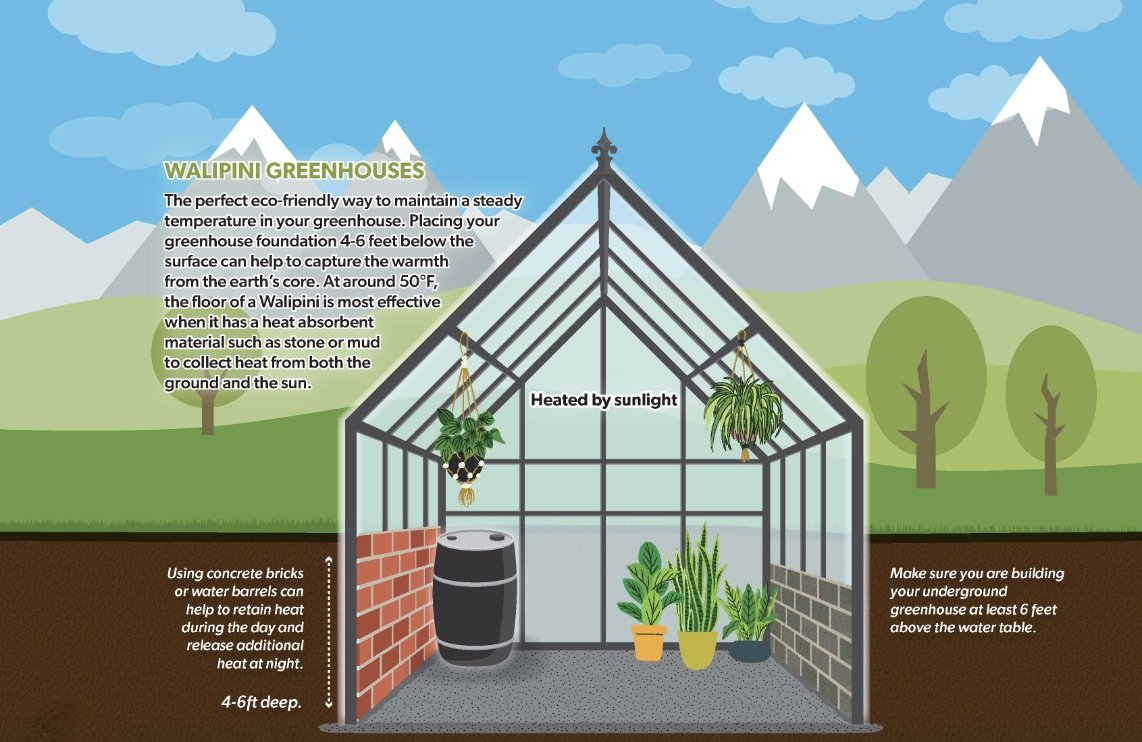
- calendar_month November 25, 2024
- folder Community Engagement
Sharing Tags
#Walipini Greenhouse, Eco Friendly Living, Energy Efficient Gardening, Greenhouse Gardening, Homegrown Produce, JohnHart, JohnHart Real Estate, Nathan Derry, Nathan Derry Healthy Living, Nathan Derry JohnHart, Nathan Derry Real Estate, Nathan Derry Realty, Nathan Derry Recommends, Nathan Derry Tips, Nathan Derry, JohnHart Real Estate, Organic Farming, Self Sufficiency, Sustainable Gardening, Underground Greenhouse, Year Round Gardening

Hello! I’m Nathan Derry with JohnHart Real Estate, and today I’m diving into the world of walipini greenhouses—an innovative, energy-efficient way to grow your own organic foods year-round. A walipini, also known as an underground or pit greenhouse, offers unique advantages, especially for regions with cooler climates. Let's explore what a walipini is, how to build and maintain one, and why it's a fantastic choice for those looking to cultivate fresh produce at home.
What is a Walipini Greenhouse?
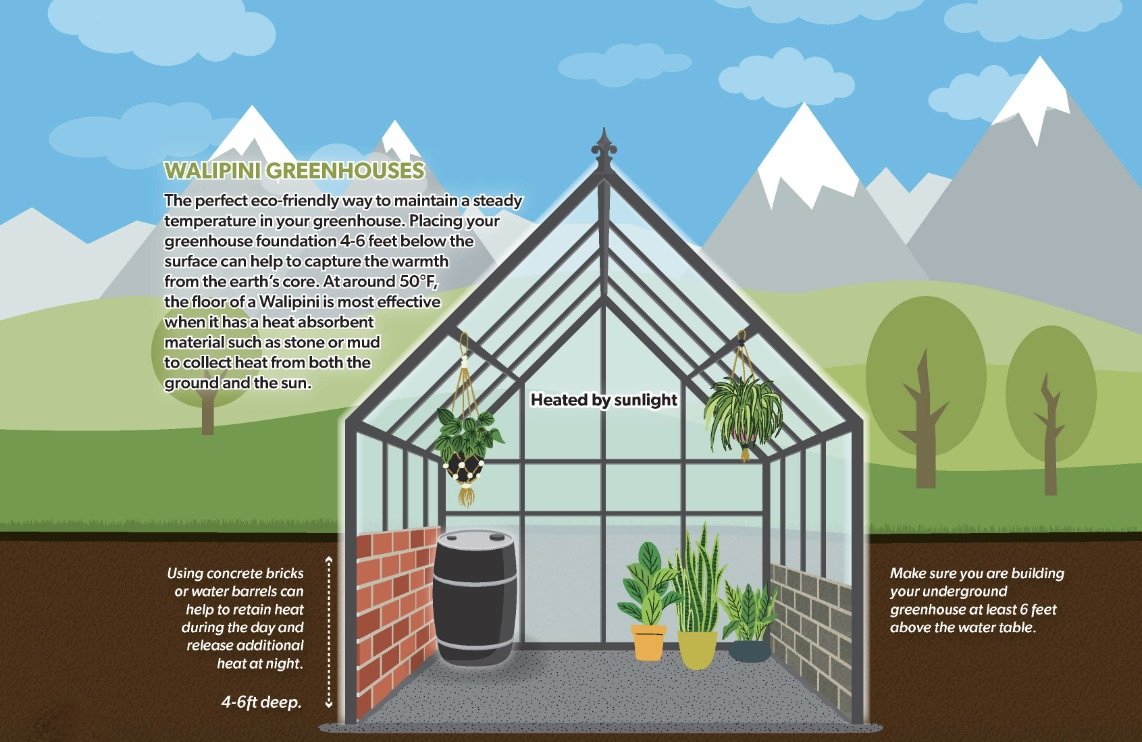
The term "walipini" comes from the Aymara language of the Andean region and means “place of warmth.” A walipini is essentially an underground greenhouse that uses the earth’s natural insulation to regulate temperature, providing an ideal growing environment in any season. Built into the ground, walipinis take advantage of the earth’s thermal mass to capture and retain heat, making them particularly effective in colder climates.
The Benefits of a Walipini Greenhouse
-
Year-Round Growing Environment: The stable temperatures of a walipini allow for extended or year-round growing seasons, even in regions with harsh winters.
-
Energy Efficiency: By utilizing natural earth insulation, a walipini requires minimal additional heating, reducing energy costs.
-
Lower Water Requirements: Walipinis retain more humidity than traditional greenhouses, meaning plants stay hydrated longer, reducing the need for frequent watering.
-
Resilience Against Weather Extremes: The underground structure protects plants from harsh weather, including frost, strong winds, and even hail.
-
Space-Saving Design: A walipini can be constructed in various sizes and is usually compact, maximizing your garden space.
Building a Walipini Greenhouse
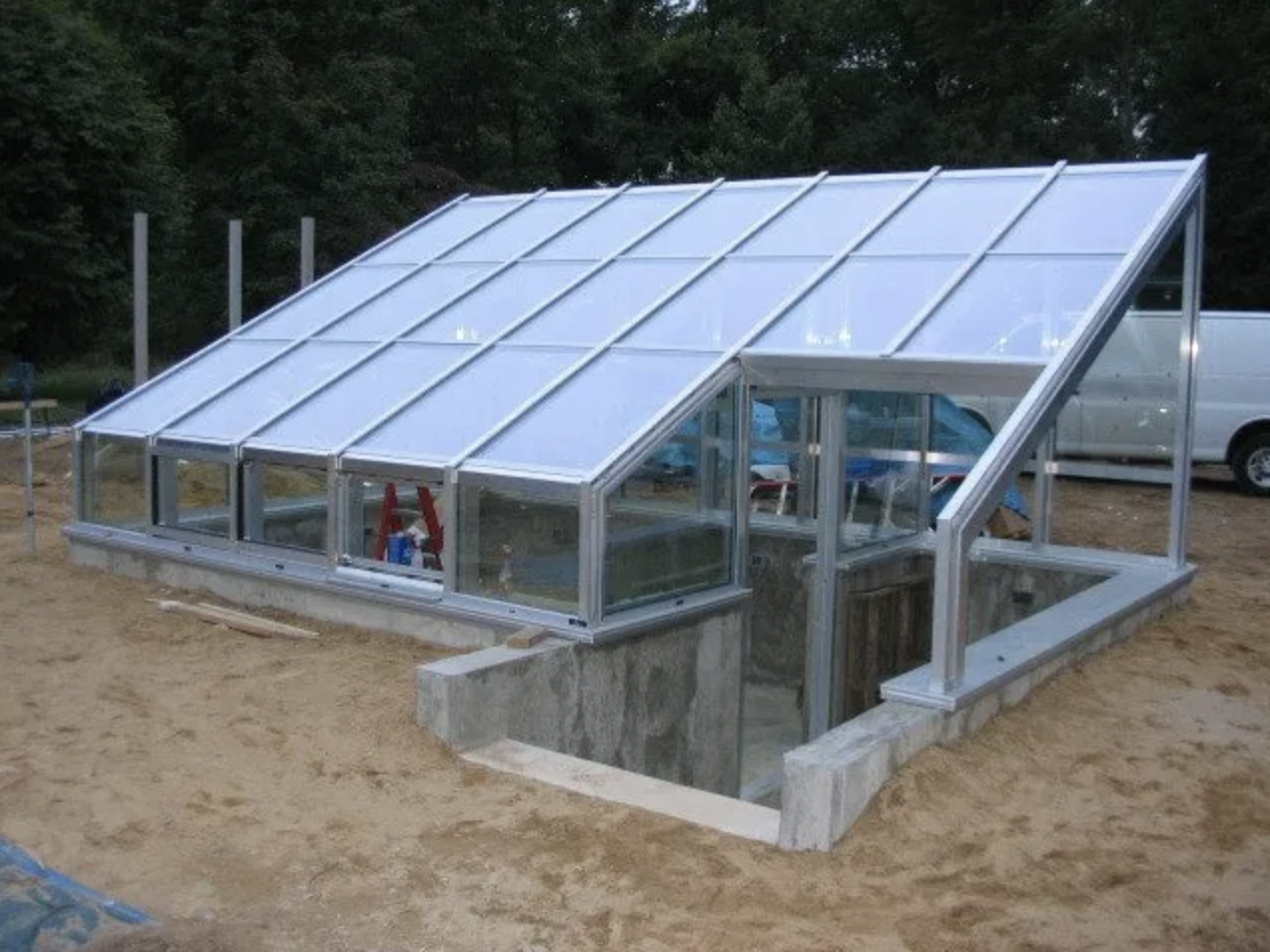
Building a walipini requires thoughtful planning and preparation, but it can be done with relatively low costs compared to traditional greenhouses.
1. Choose a Location
- Select a spot that receives plenty of sunlight, ideally facing north-south to maximize sunlight exposure throughout the day.
2. Excavate the Site
- Dig down approximately 6–8 feet, depending on your climate. The depth provides insulation, with the walls retaining warmth even during cold spells.
3. Reinforce the Walls
- Build walls with strong, insulated materials such as concrete blocks, adobe, or even rammed earth. This helps the structure remain stable and holds in warmth.
4. Construct the Roof
- The roof should be angled toward the sun (typically around 39° for most latitudes) and covered with a clear material like polycarbonate or greenhouse plastic to allow maximum sunlight.
5. Add a Ventilation System
- Good airflow is essential to prevent mold and regulate humidity. Install vents at the top of the walipini, and consider adding windows that can be opened during warmer months.
6. Install Drainage
- Drainage is crucial to prevent water accumulation. A gravel layer at the base and drainage pipes can help manage excess moisture.
Maintaining Your Walipini
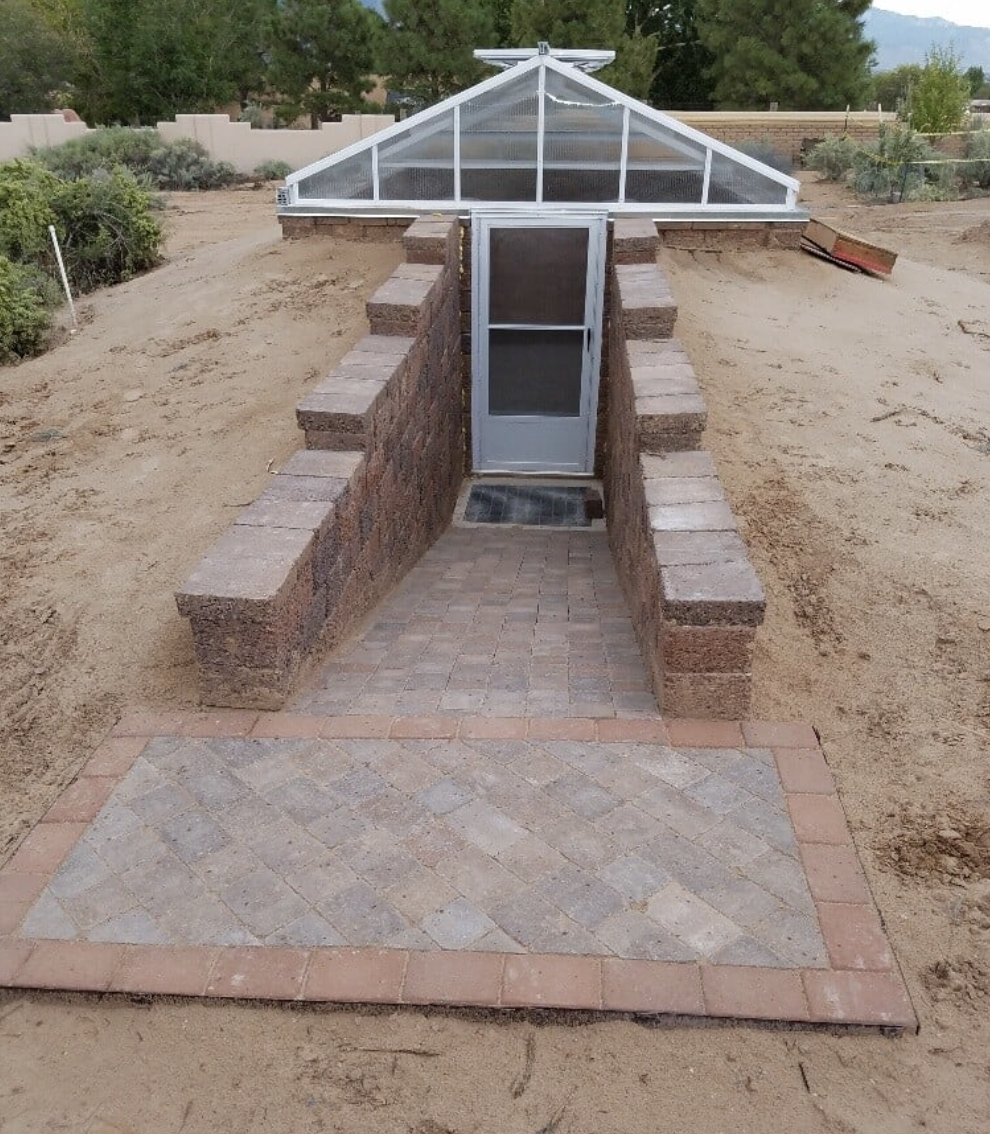
Once built, regular maintenance will ensure your walipini remains a thriving, self-sustaining ecosystem:
- Monitor Temperature and Humidity: Although stable, temperatures may need adjusting in extreme weather. Thermometers and humidity sensors can help you keep track.
- Check for Leaks and Structural Integrity: Underground construction requires occasional checks for wall stability and roof integrity.
- Ventilation and Airflow: Regularly open vents or windows to maintain healthy airflow and prevent mold growth.
- Inspect for Pests: Even in underground settings, pests can find their way in. Keep an eye out for bugs or rodents.
- Seasonal Adjustments: Rotate crops and adjust watering based on seasonal needs, and consider adding thermal mass (like barrels of water) to help regulate temperature.
Why Grow Your Own Organic Foods?
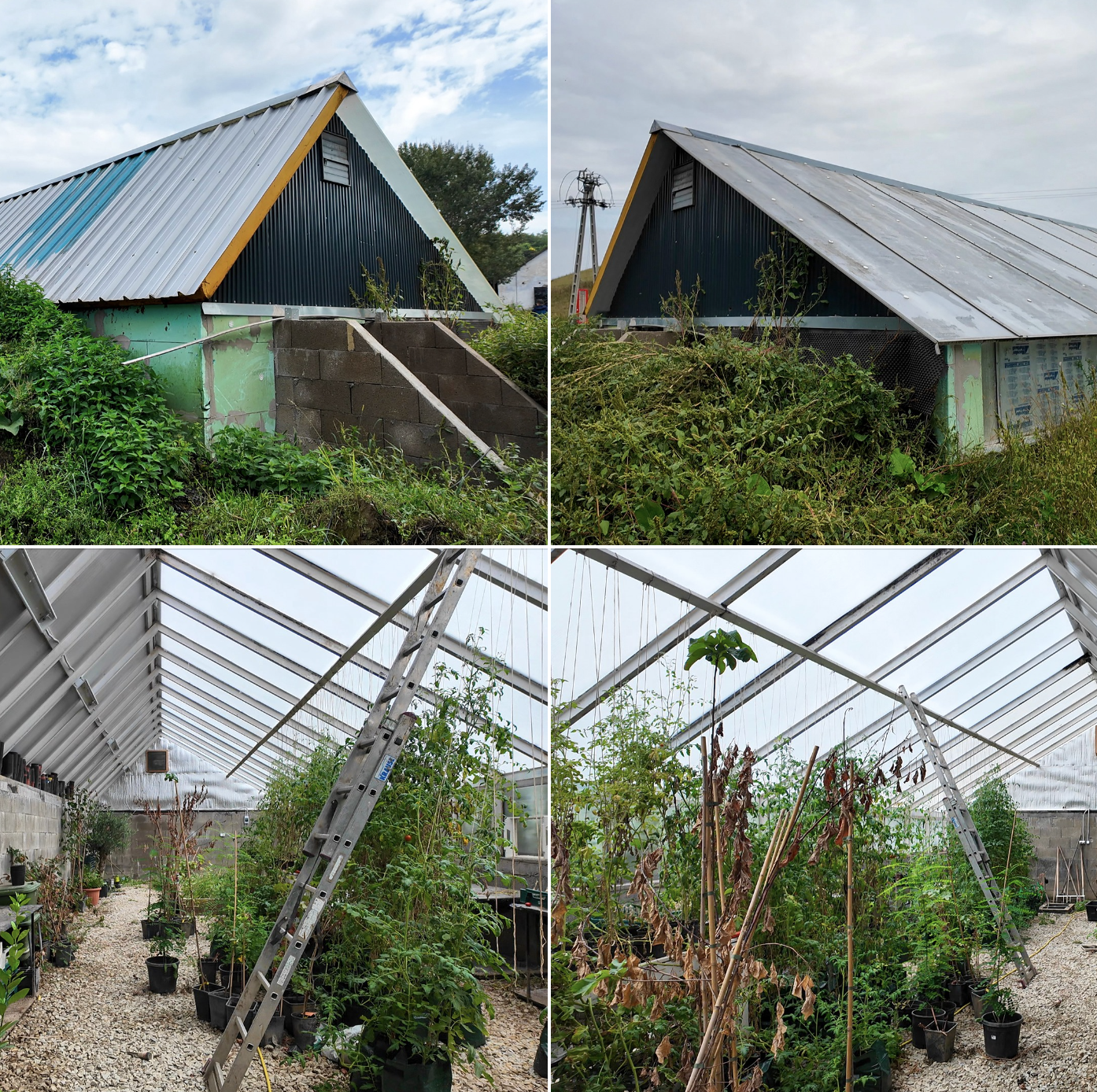
With a walipini, you’re not just extending your growing season; you’re embracing the power to grow fresh, organic foods right at home. Imagine year-round access to tomatoes, greens, root vegetables, and herbs—all pesticide-free and packed with nutrients! Growing your own produce cuts down on food miles, reduces dependency on supermarket availability, and brings you closer to nature, all while creating a sustainable lifestyle.
A walipini is an investment in both the environment and your health, giving you a practical, eco-friendly option for gardening, no matter where you live. As we all aim to be more self-sufficient and eco-conscious, building a walipini could be a rewarding addition to your property.
By embracing innovative solutions like the walipini, we can grow fresher, healthier food and reduce our impact on the environment. Ready to start your own underground garden? Happy growing!
All the best,
Nathan Derry, Realtor

📍JohnHart Real Estate
📞(424) 303-0440
📧 nathan@jhagents.com
👨🏽💻 itsnathanderry.com
You deserve the opportunity to work with an ethical agent. Please give me a call today and let’s discuss your unique needs.
Interested in seeing a property or one of my off market properties in person? Contact me today! Who you hire matters!!!
Ready to make the best move of your life… let’s chat today!
#WalipiniGreenhouse
#UndergroundGreenhouse
#YearRoundGardening
#SustainableGardening
#OrganicFarming
#EcoFriendlyLiving
#SelfSufficiency
#HomegrownProduce
#EnergyEfficientGardening
#GreenhouseGardening
